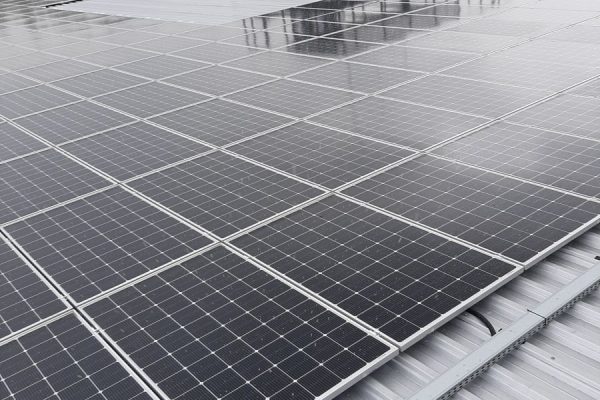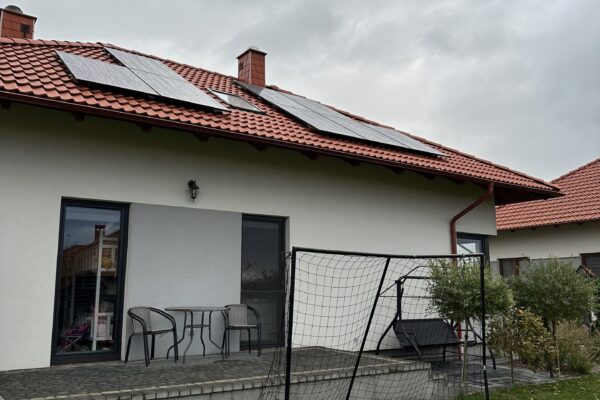How to properly install a heat pump?
Property owners who decide to install a heat pump always want to learn more about this type of systems before making the final decision. Investors need clear information on the principles of operation of such devices and factors affecting operating costs. Additionally, it is also worth familiarizing yourself with the guidelines on where such installations can be installed.
How does the installation of a heat pump begin?
Location of the heat pump during installation
Refrigeration installation when installing a heat pump
Appropriate arrangement of heat pump temperature sensors
Installation of a heat pump with automation
Nowadays, automation is an extremely important element in heat pumps. Proper setting of the entire system will have a key impact on reducing operating costs. All options should be set so that the pump can operate with the lowest possible supply temperature. Only this will ensure economical work.
Most heat pumps have manual and automatic controls, thanks to which the user can determine a specific temperature himself or decide to have the temperature set according to sensors and specific external and internal parameters.
Photovoltaic installation – Wejherowo 147kW
Photovoltaic installation – Wejherowo 147kW Production hall in Wejherowo, Pomeranian...
READ MOREPhotovoltaic installation – Zbiczno 15kW
Photovoltaic installation – Zbiczno 15kW Single-family house in Zbiczno, Brodnica...
READ MOREInstallation of photovoltaics with funding
In addition to the installation of heat pumps, ventilation, heat...
READ MORE

